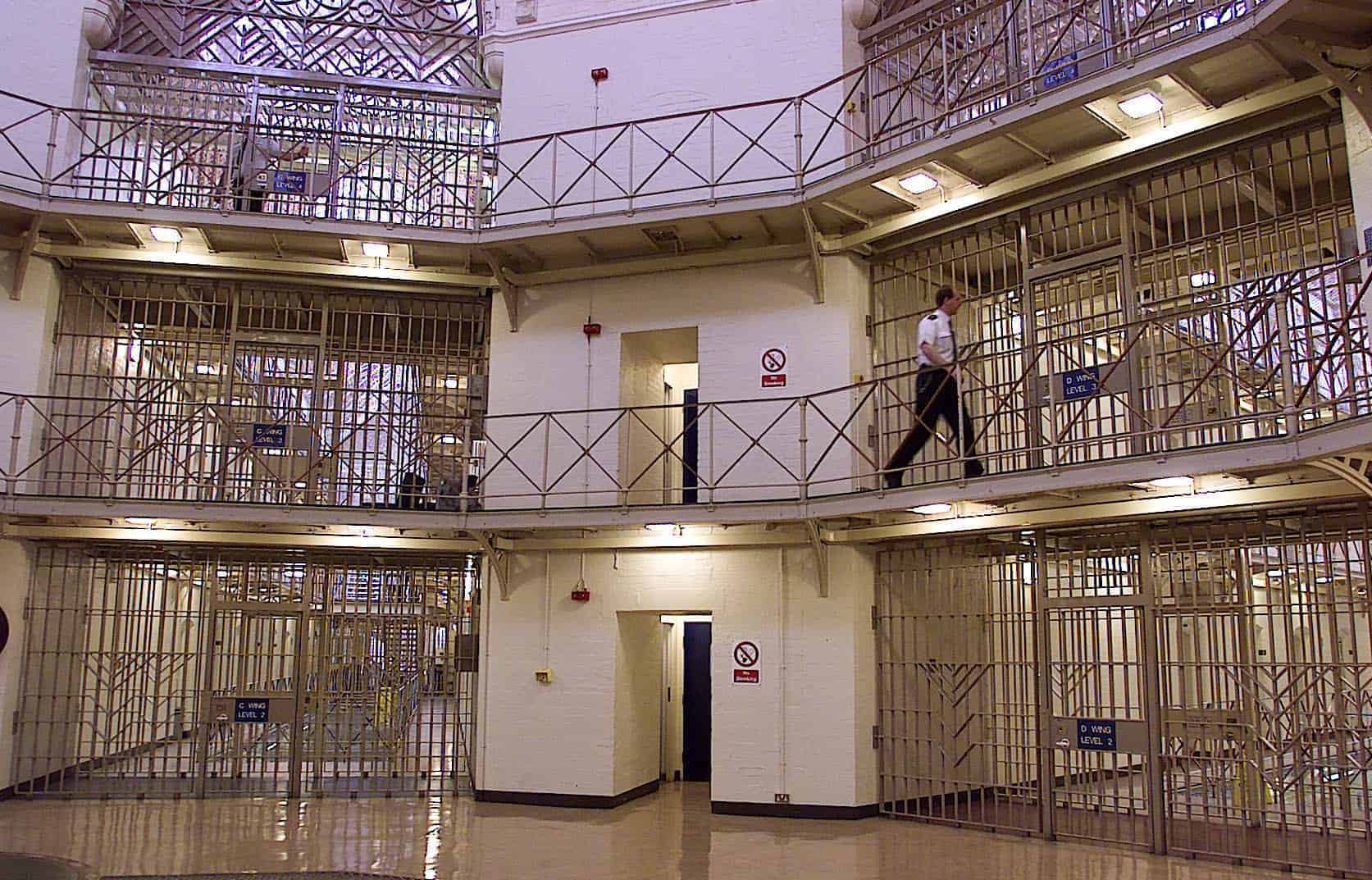
By Paul Delaney
The writer Margaret J. Wheatley remarked that “there is no power for change greater than a community discovering what it cares about” and as people rallied to offer solace and support during the pandemic, we indeed got a sense of what communities care most about, their fellow citizens. However, behind the oft repeated mantra that ‘we are all in this together’ also lies the certainty that many of those who were socially excluded long before coronavirus struck, remain so and don’t necessarily feel part of any form of ‘togetherness’. While not purporting to be a quick fix for the structural inequalities that have led many to be excluded from full participation in society, restorative justice does offer hope for a more just and compassionate post-pandemic world.
While the terms restorative justice and restorative practice are often used interchangeably, restorative justice is more synonymous with the justice system while restorative practice is about strengthening relationships in our communities. Restorative justice is defined by the European Forum for Restorative Justice as an approach that addresses harm, or the risk of harm, through engaging all those affected in coming to a common understanding and agreement on how the harm or wrongdoing can be repaired and justice achieved.
Restorative justice brings together the offender, the victim, and their supporters with highly trained professional facilitators for meetings. Participants share stories, ask difficult questions, and agree to an appropriate resolution. Restorative justice has been used for centuries among Indigenous peoples. It has proven effective not only in simple cases of assault and theft, but also in more serious cases.
In considering why this approach might be useful in helping to rebuild a more equitable post-pandemic society, it might be useful to throw light on our society’s penchant for imprisoning people. England and Wales have the highest per capita prison population in Western Europe at 143 people per 100,000. Comparatively, it is 94 per 100,000 in Germany and 104 per 100,000 in Italy. Moreover, at a time of increased risk due to coronavirus, continued overcrowding in our prisons, largely brought about by the overuse of imprisonment, has resulted in poor health services and sanitary conditions that pose a high risk for prisoners and prison staff alike.
A recently published report from Penal Reform International informs us rather worryingly that the prison population on a world-wide basis increased from eight million in 2002 to over 11 million in 2018. The same report states that “a large majority of people caught in criminal justice systems are arrested, charged with, or convicted for non-violent offences. For example, just 7% of the prison population are incarcerated for crimes of homicide while 20% are inside for drug-related offences and an incredible 83% of these for offences of possessing drugs or having them for personal use”. Shockingly, the report also reveals that the global female prison population has doubled in twenty years, yet justice systems and institutions remain largely designed for a homogeneous male population. In addition, as many as 19,000 children are living in prison with their mothers around the world.
However, if there is any sort of silver lining to the dark cloud of coronavirus, it is that governments have been forced to think differently in relation to societal needs. The crisis would appear to have heralded a willingness by policy makers to review long held beliefs relating to business, health and education models, beliefs that were previously held to be sacrosanct. For instance, in many countries prisoners who pose no threat to society are being released early to help control the spread of the virus.
But we need to go further, we need to ensure that this new willingness to see things differently also extends to reforming the present inhumane penal system by reducing unnecessary imprisonment and promoting community solutions to crime. It is unsustainable to keep locking up people who pose no threat to society, in effect criminalising poverty and other social problems. We need alternatives to that brutal system and research shows that restorative justice can play a part in improving rehabilitation, reducing reoffending, instilling accountability, and providing greater healing for victims.
Poverty, wrote Aristotle, “is the parent of crime” and indeed many of those who populate our prisons are people from poor socio-economic backgrounds with underlying causes of offending related to substance misuse, mental health, past trauma and abuse. Many of these people need support and treatment in our communities, not imprisonment. The coronavirus has seen a willingness to think differently by our political leaders, we now need that willingness to extend to looking at alternatives to a traditional punitive, and largely ineffective penal system.
All humans have a need to feel connected. Just as we need shelter and food, we also also need to feel we belong in order for us to develop to the pinnacle of our ability. COVID-19 has put these beliefs to the test. Restorative practice is an emerging social science that studies how to strengthen relationships between individuals as well as social connections within communities. As we try to heal our planet in a post-pandemic world, the use of restorative practices can help to involve those who otherwise never feel part of that ‘togetherness’ that we spoke of at the start of this article.
Finally, if Covid-19 has taught us anything it is that we can do things differently. We now need to capitalise on the current willingness of our politicians and legislators to think outside the box while making sure that the new thinking endures and translates into action in a post-pandemic epoch. For now, we can continue to press for the introduction of legislative frameworks that will ensure that victims and offenders have the opportunity of access to restorative justice at each stage of the criminal justice process.
Related: Praise prisoners making PPE without decorating prisons in silver linings